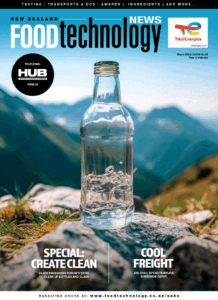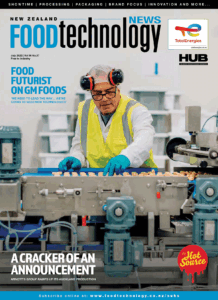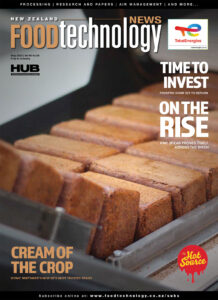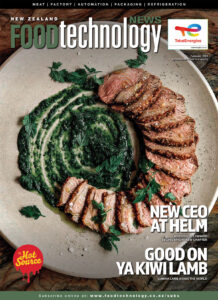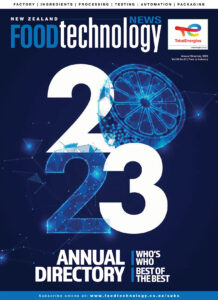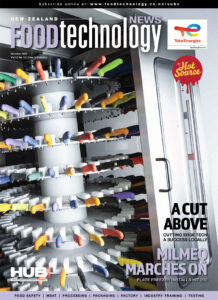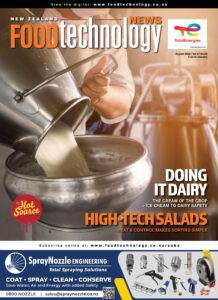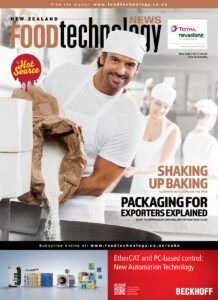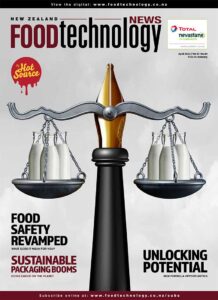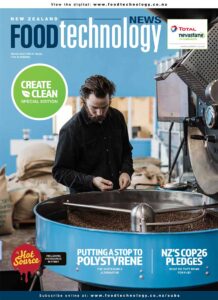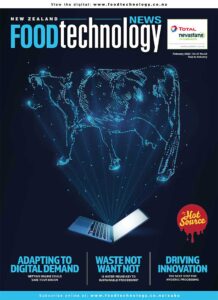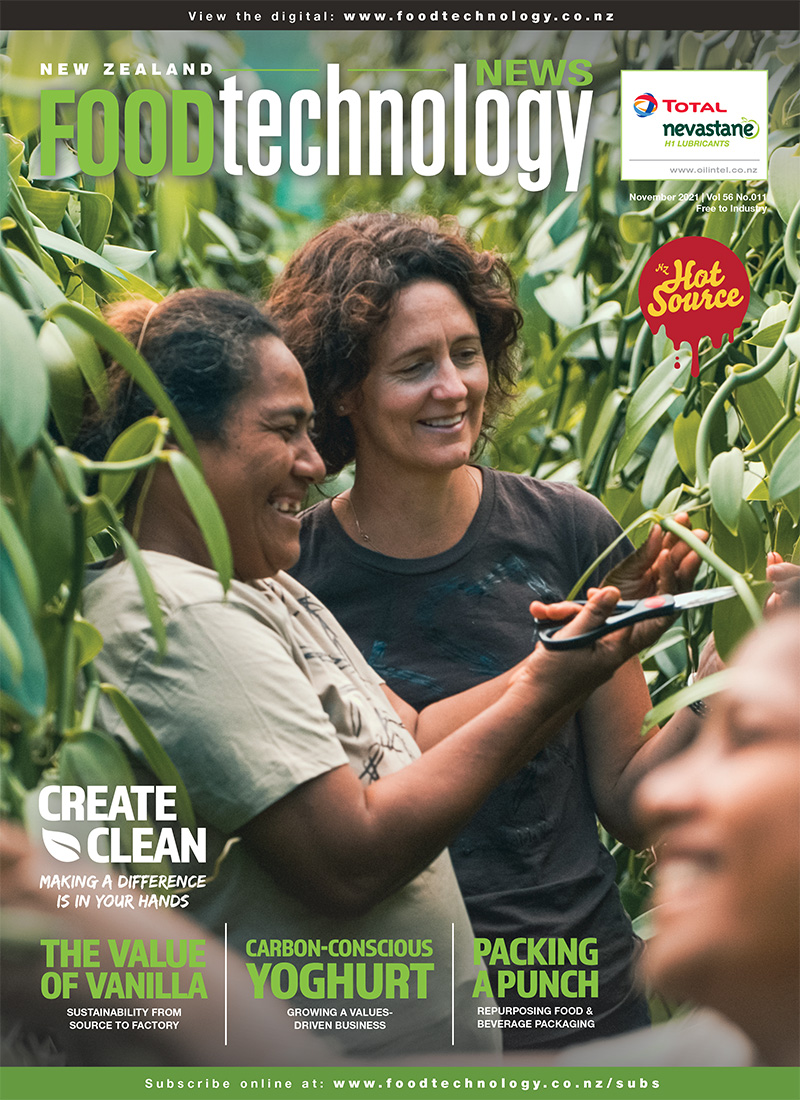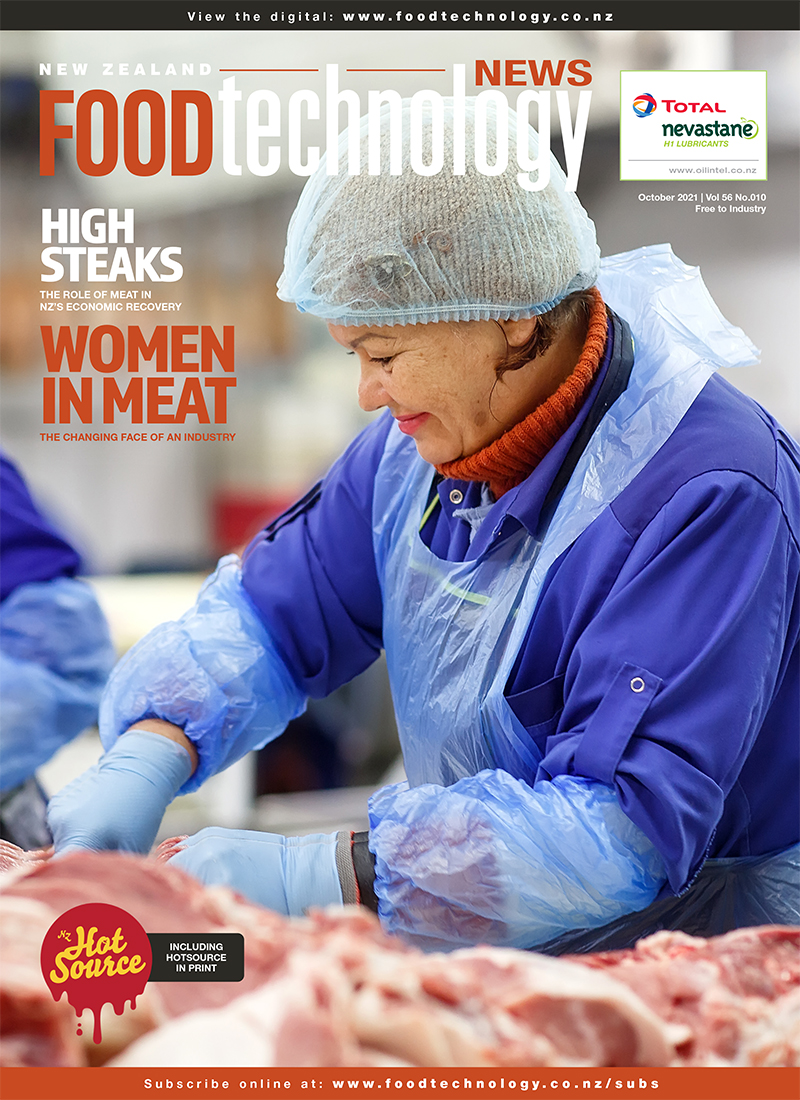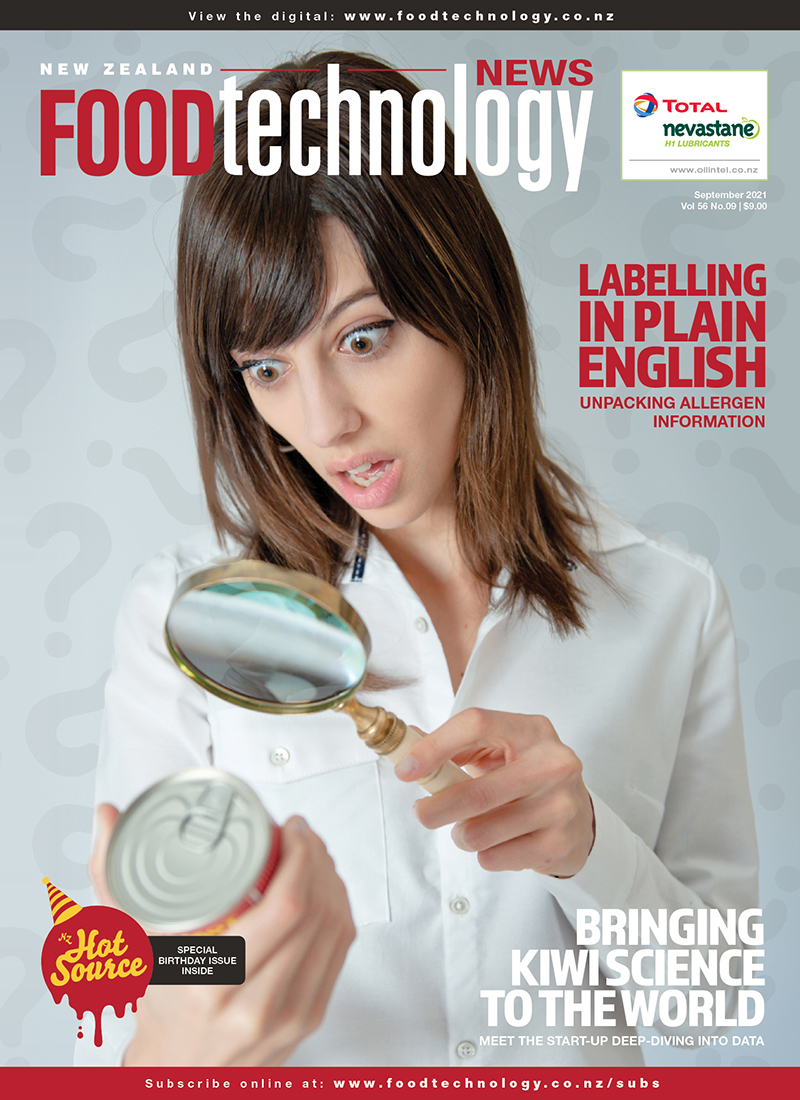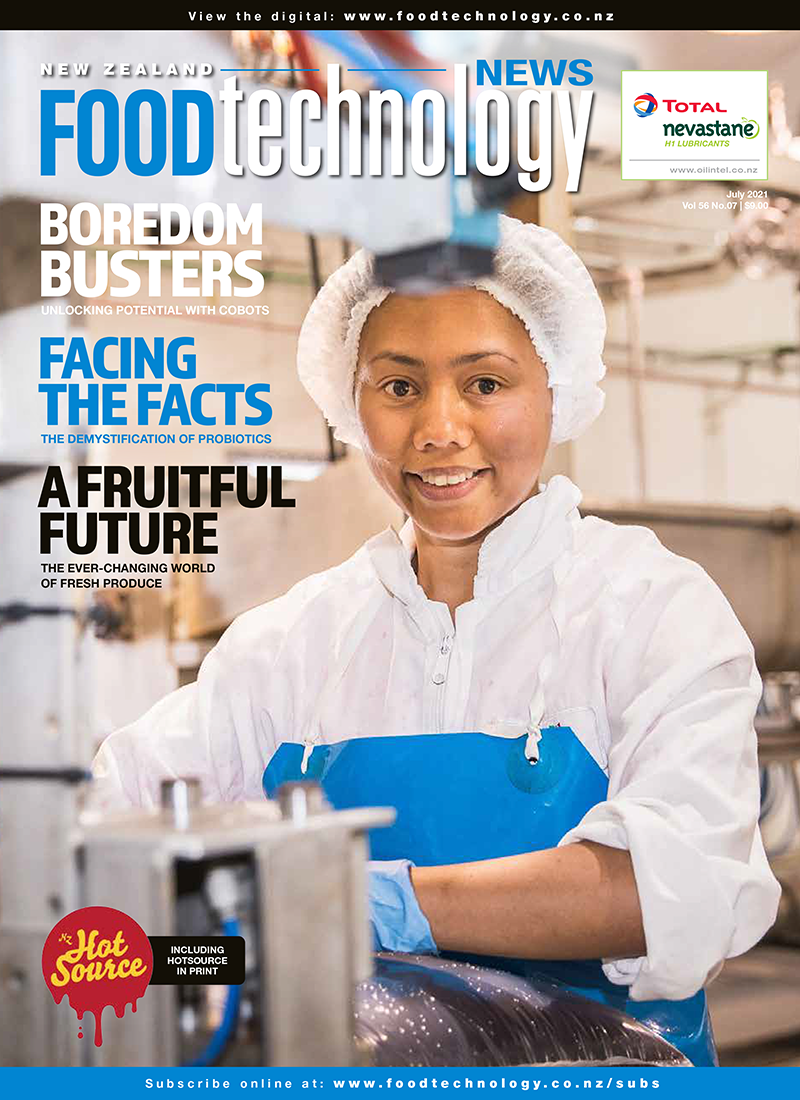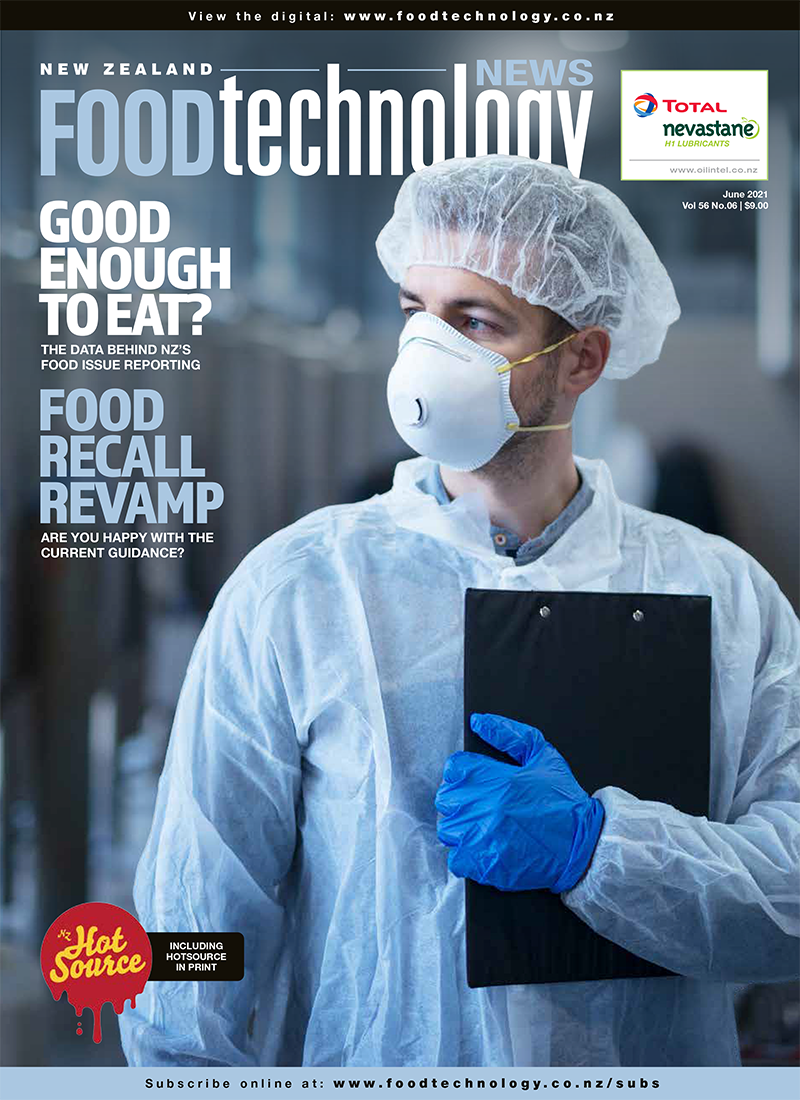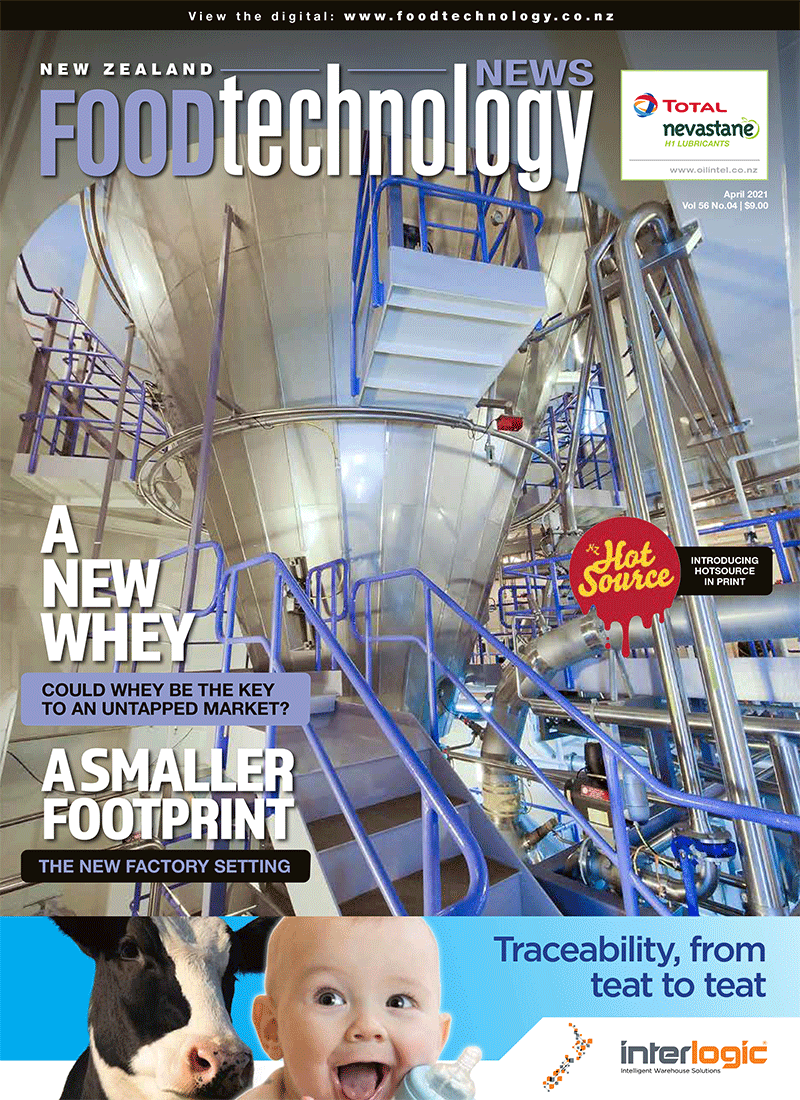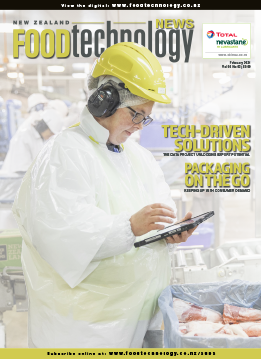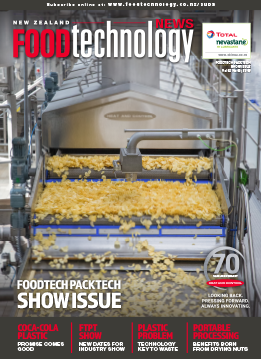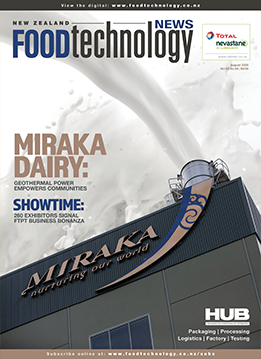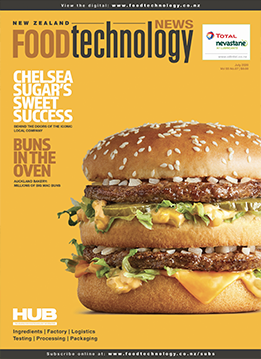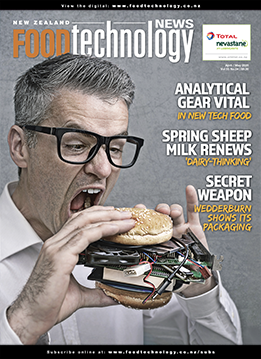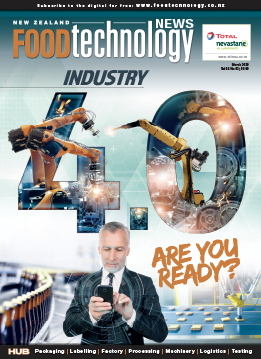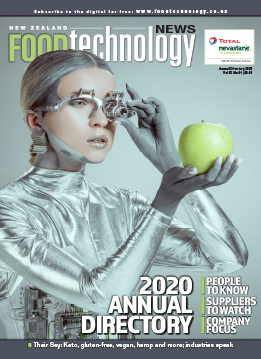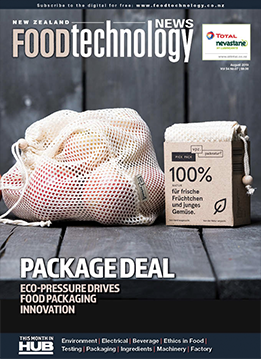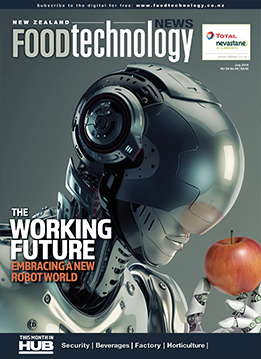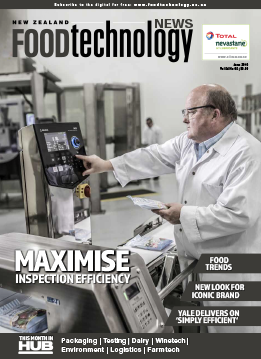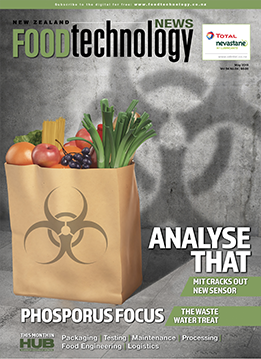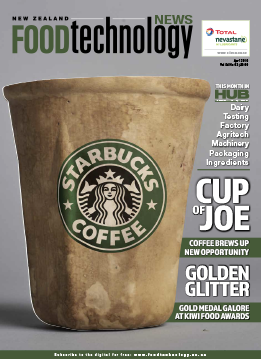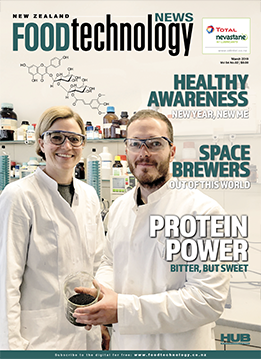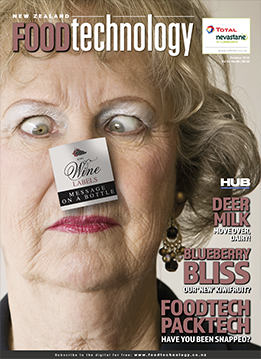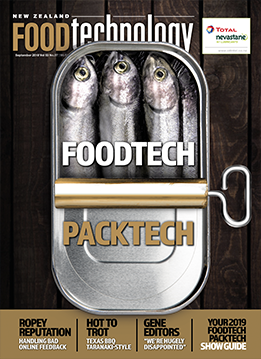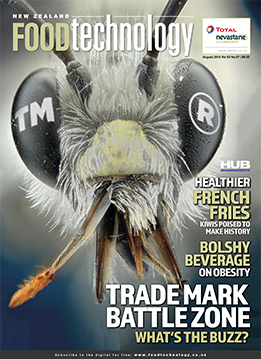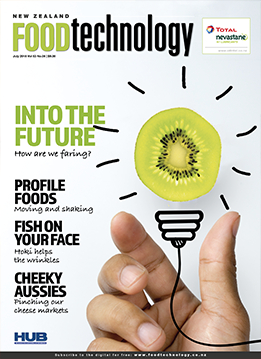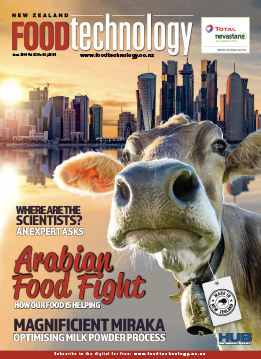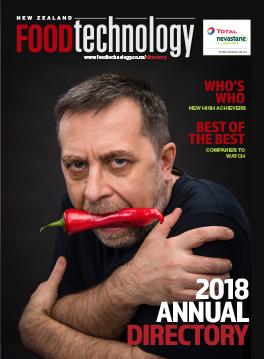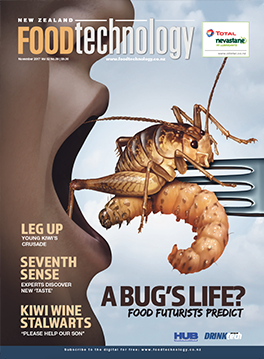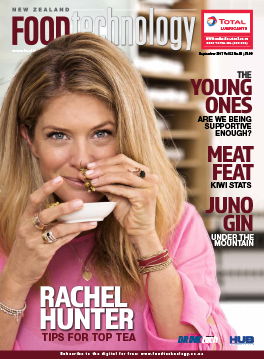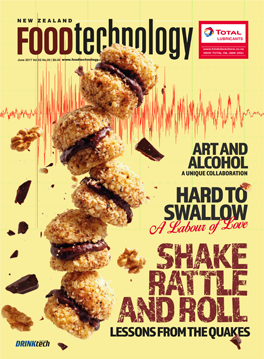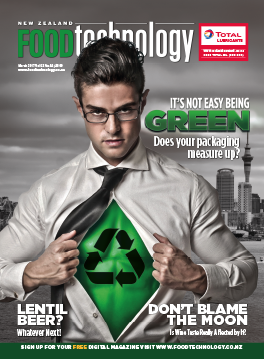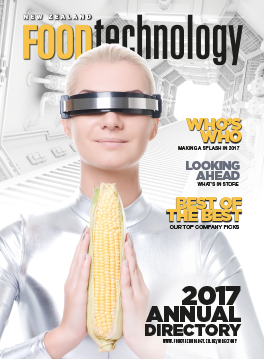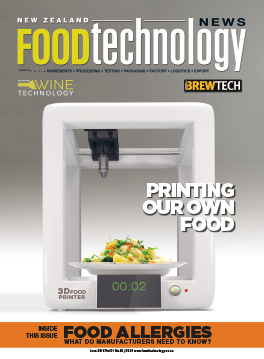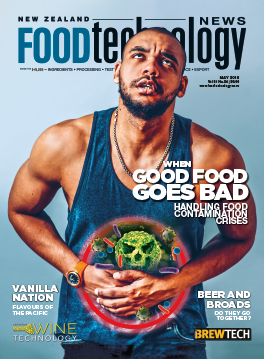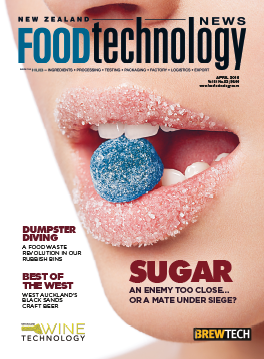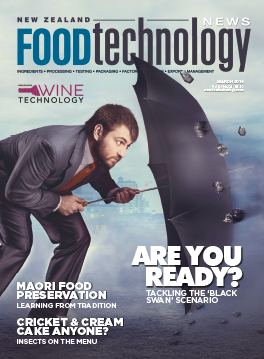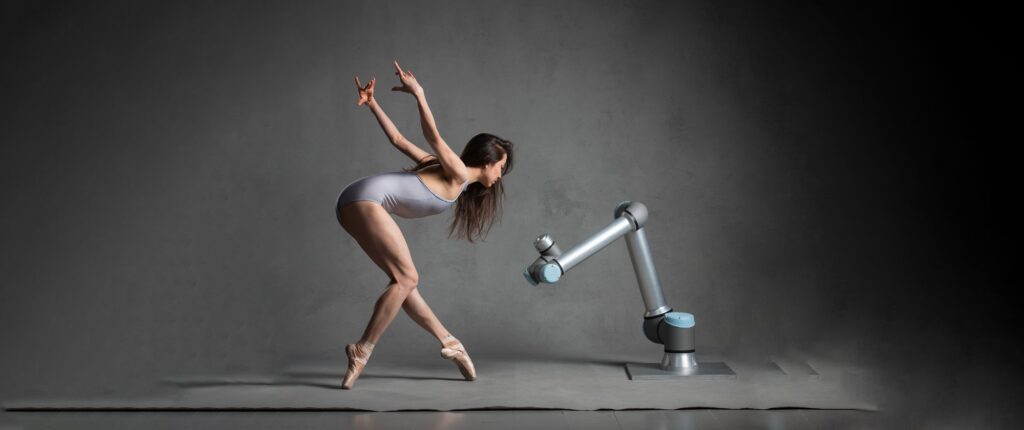 The words ‘collaborative robots’, also known as cobots, often conjure up industrial images of manufacturing lines and factory floors.
The words ‘collaborative robots’, also known as cobots, often conjure up industrial images of manufacturing lines and factory floors.
But what if these cobots swapped the factory floor for the dance floor?
Cobots have become a common part of manufacturing processes in New Zealand and across the world. After all, the robotics market is expected to grow from USD 76.6 billion in 2020 to USD 176.8 billion by 2025 (Marketresearch.com).
Regional director of Universal Robots Asia-Pacific of Universal Robots, James McKew, says because of this and the pandemic, some unconventional human-robot collaborations are surfacing, like the story of the robot who learnt to dance.
“A recent story shared by Universal Robots tells the story of Dr Merritt Moore – a quantum physicist who combined her love for dance with her career to bring us a remarkable showcase of human-robot collaboration,” says McKew.
Born in Los Angeles and now residing in London, Moore ‘blurred the lines between arts and science’ by sacrificing neither. Moore is a professional ballet dancer for the National Ballet, English National Ballet and Boston Ballet, and has also earned her PhD in atomic and laser physics from the University of Oxford.
“There are so many rigid stereotypes of what a dancer or a scientist should be, and this can be really damaging for both disciplines,” she says.
“I hope that the next generation of women will be inspired to defy expectations of how a career in STEM should look.”
And when Moore combined her passions, a remarkable partnership began.
Through mutual friends, she met Silje Gabrielsen – senior designer and co-founder of Hiro Futures – a human-robot interaction start-up based in the Norwegian capital.
“We research artificial social skills in robotics,” says Gabrielsen.
“Today’s robots are still lacking several skills to properly collaborate in non-industrial settings. Instead of simply using a screen or additional hardware to communicate and interact with humans, we want to use a more intuitive communication system; body language.”
When she heard that Dr Moore was both a professional ballet dancer and an astrophysicist with a keen interest in robotics, she felt there was a perfect match.
“We both thought this would be an amazing opportunity to explore these interactions and movements further.”
At first, Moore was loaned a UR5e robot and later a UR10e through a Universal Robot distributor which was eventually named Baryshnibot.
During lockdown, Baryshnibot became Moore’s dance partner. Despite having originally being programmed for repetitive automation tasks, Moore worked hard to ensure the robot could keep up with her very human dance moves.
The Universal Robots cobot was chosen for its ability to react safely and intuitively to human movement as well as being easy to reprogramme.
“The cobot usually performs tasks with simple, repetitive movements such as screwdriving and sanding, so I had to think of ways to get the movements to line up perfectly with human movements.”
McKew expects more cobots to be integrated into daily life across Australasia in 2021 either in the manufacturing line or with more human-robot collaborations.
He says that while these trends are happening all over the world, cobots will be especially useful in Australia and New Zealand where reshoring is currently taking place.
“While social distancing, limited staff capacity, safety concerns, lights out manufacturing and reshoring are key drivers for the uptick in cobots right now, there has always been a need to automate. We are exploring the limitless potential of robotics with customers around the world, and it’s an exciting space to be in right now.”







